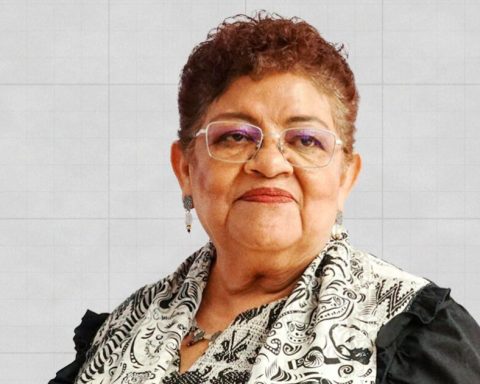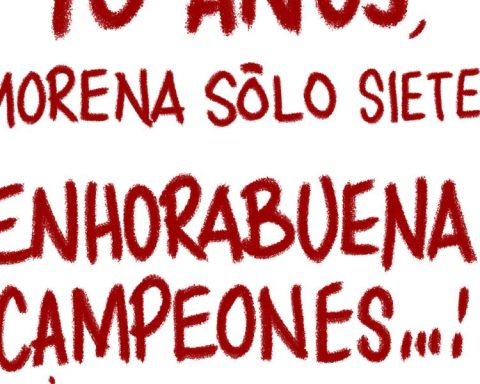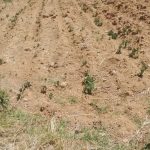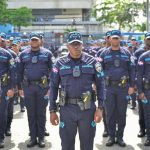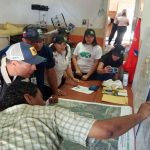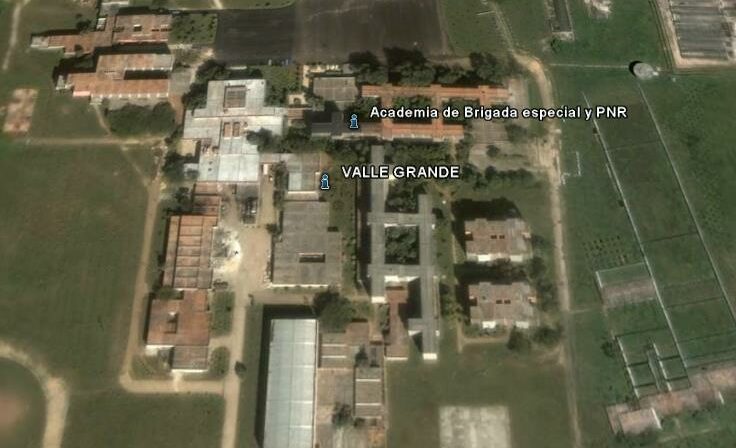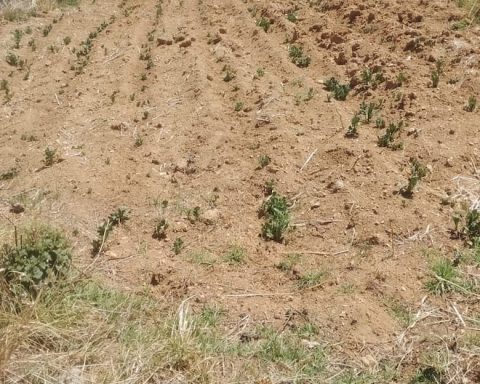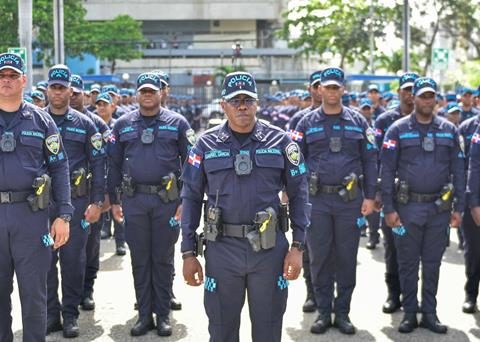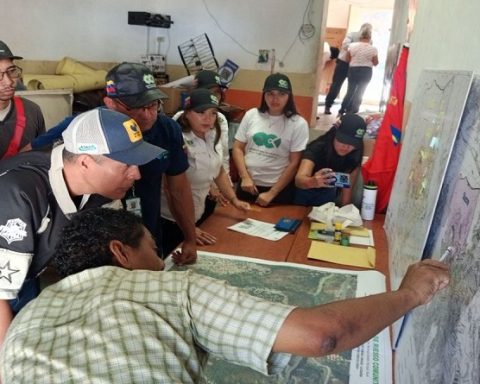P
anxiety and anxiety. In these words sums up what thousands of inhabitants of San Cristóbal de las Casas experienced for hours on June 12, when dozens of armed civilians, hooded and wearing bulletproof vests, fired Kalashnikov and AR-15 rifles, blocked with double-trailer trucks avenues and streets and painted walls, disputing control of the city’s North Market. They sought to remove their eternal administrator, Domingo Pishol, representative of Hugo Pérez, self-proclaimed mayor of Oxchuc.
With the sound of the first bursts, people had to take cover or throw themselves on the floor in stores, schools, clinics and businesses, fearful that some projectile would hit them. Gunshots are a frequent thing in that part of the city, but this time they were of unusual intensity.
The existence of criminal groups in Chiapas is not new. It began to grow from the governorship of Juan Sabines (2006-12). But in recent years, in large areas of the entity, their presence and their lawsuits over territories, routes and markets have intensified. Guatemala is an immense warehouse at the service of the criminal industry. Drugs, weapons, piracy, human beings, stolen vehicles leave from there, through the porous Chiapas border, towards the United States and various regions of Mexico. Controlling the border and the roads is essential to move the goods. The Frontera Comalapa, Comitán, San Cristóbal, Tuxtla Gutiérrez corridor has acquired great importance in the transfer of drugs.
A couple of examples, among many. In July 2021, the Jalisco cartel New Generation (CJNG)now in vertiginous expansion in the entity, executed in Tuxtla Gutiérrez, at the juniorson of the leader of the sign of Sinaloa in Chiapas. The vertiginous expansion of the Chamula cartel, evidenced by the permanent accidents involving vehicles loaded with Central American migrants and the spread of their narcocorridos.
San Cristóbal is no stranger to this war. Like other tourist spots, such as Cancun or Acapulco, it is an enclave desired by organized crime. In that city, with impunity, at least five known groups (some say there are eight) as motonetos or motopandilleros, linked to the drug dealingcharge flat fees, rob, murder and shoot firearms into the air, sowing terror and uncertainty (https://bit.ly/3OaDMs0). They emerged as a shock group during the administration of Marco Antonio Cancino González (2015-18), from the PVEM. His brother Sergio Natarén controlled them. The battle for control of the North Market on June 12 is part of this plot in the entity and in the queue.
A key figure in this lawsuit is Martín Pale Santiz, alias The twin, leader of the Coordination of Organizations for the Environment for a Better Chiapas (Comach), with close ties to the state government, was arrested for extortion for a while and then released. His people are capable of strangling San Cristóbal, blocking road access, while facing other groups with firearms and sticks. Also, of evicting and beating families from Santa Catarina, members of the Popular Peasant Front of Chiapas, to dispossess them of five hectares (https://bit.ly/3n3Fmjm). With the support of Gerónimo Ruiz Sántiz, the MoshanThey charge about 800,000 pesos a week to some 1,200 street vendors (whom they control) in the Plaza de la Paz, Andadores, Santo Domingo, and the Historic Center.
In the operation, one person was killed: Xalik. It was reported that he had been reached
for a stray bullet. Civil defenders from San Cristóbal point out that the deceased was a young Tsotsil who openly opposed the recruitment of children to form armed groups in Chamula. This man was very young and had separated from his lineage clan, distancing himself from those dynamics that now permeate many Chamula families. But not only that. He dedicated himself precisely to organizing street children and especially those who go to the market in that area.
A very convenient death for some.
The partial capture of the city is just one more incident in an endless chain of violence that is shaking the state. On June 8, 30 kilometers from San Cristóbal, the mayor of Teopisca, Rubén de Jesús Valdez Díaz, was assassinated in a truck outside his home.
The list of attacks is endless. According to the Fray Bartolomé de las Casas Human Rights Center (Frayba) during March of this year alone, 437 attacks with firearms by narcoparamilitaries of Santa Martha, Chenalhó, against the community of Aldama (https://bit.ly/3n0TVEt).
In the same way, the attacks against Zapatista support base families in the autonomous community of Nuevo San Gregorio have intensified, putting their lives, safety and integrity at risk (https://bit.ly/39FbA1s).
In this context, the diocese of San Cristóbal de las Casas and other organizations made a joint statement in the face of the unstoppable increase in violence in Chiapas, in which they express their concern about the presence of heavily armed groups in the territory
.
They also show their concern over the constant attacks, persecution and surveillance of human rights defenders in our country and in Chiapas, mainly those who defend the land and territory
.
They denounce that, on May 29, Manuel Santiz Cruz, a Tseltal indigenous person, president of the Human Rights Committee of the San Juan Evangelista Parish, municipality of San Juan Cancuc, along with four other people, were arbitrarily deprived of their liberty (https://bit.ly/39D6G53).
Fear and uncertainty. In Chiapas, the violence, far from ending, is growing and intensifying. Let no one call surprise when it happens what will happen
.
Twitter: @lhan55

